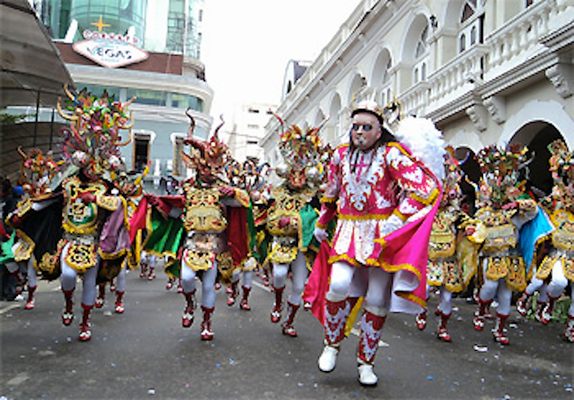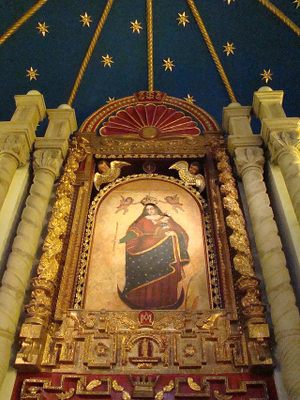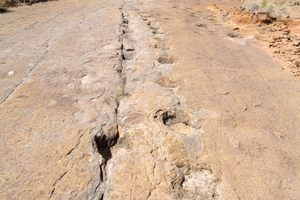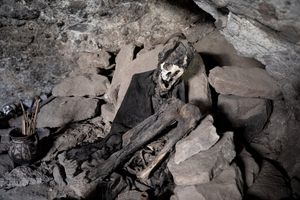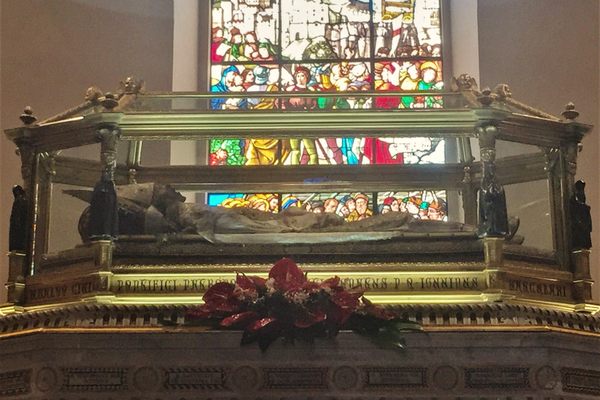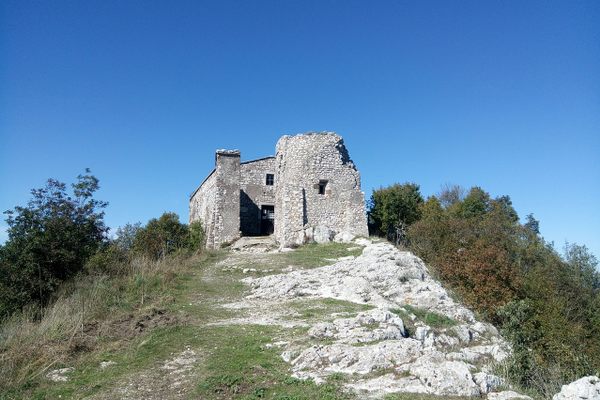About
While the Carnival de Oruro has been taking place in the Bolivian city of Oruro for countless centuries it was only in recent times that the significant, and quite odd, Christian themes were added to the traditionally pagan devils and dancing.
Other than being briefly outlawed in the 1700s by the ruling Spanish government, the Carnival de Oruro has been trotting out the colorful costumes and specialized dances for centuries. The parade was created to honor the tribal gods of the area such as Quwak the Viper and Argentillo Arankani the Lizard with elaborate, eye-popping costumes.
By the 1800s the rowdy festival had been tamed by the Christian government by placing it under the auspices of the strange local saint, Our Lady of the Mineshaft. As the story goes, an infamous bandit who was known for stealing from the rich to give to the poor was being chased and took refuge in a local mineshaft. Mortally wounded, the rogue repented his sins before God, and when his body was finally found, a mural of the Virgin Mary had appeared on the wall behind him. A church was built over the mineshaft and the miraculous mural was put on display in the chapel, where it can still be visited.
Today the festival continues to take place every year on March 2nd, the feast day of the mineshaft miracle Mary. It is still a strange mash-up of ancient tradition and modern religion, but as the costumed revelers dance the Diablada, the roots of the carnival are plain to see.
Related Tags
Published
March 5, 2014


